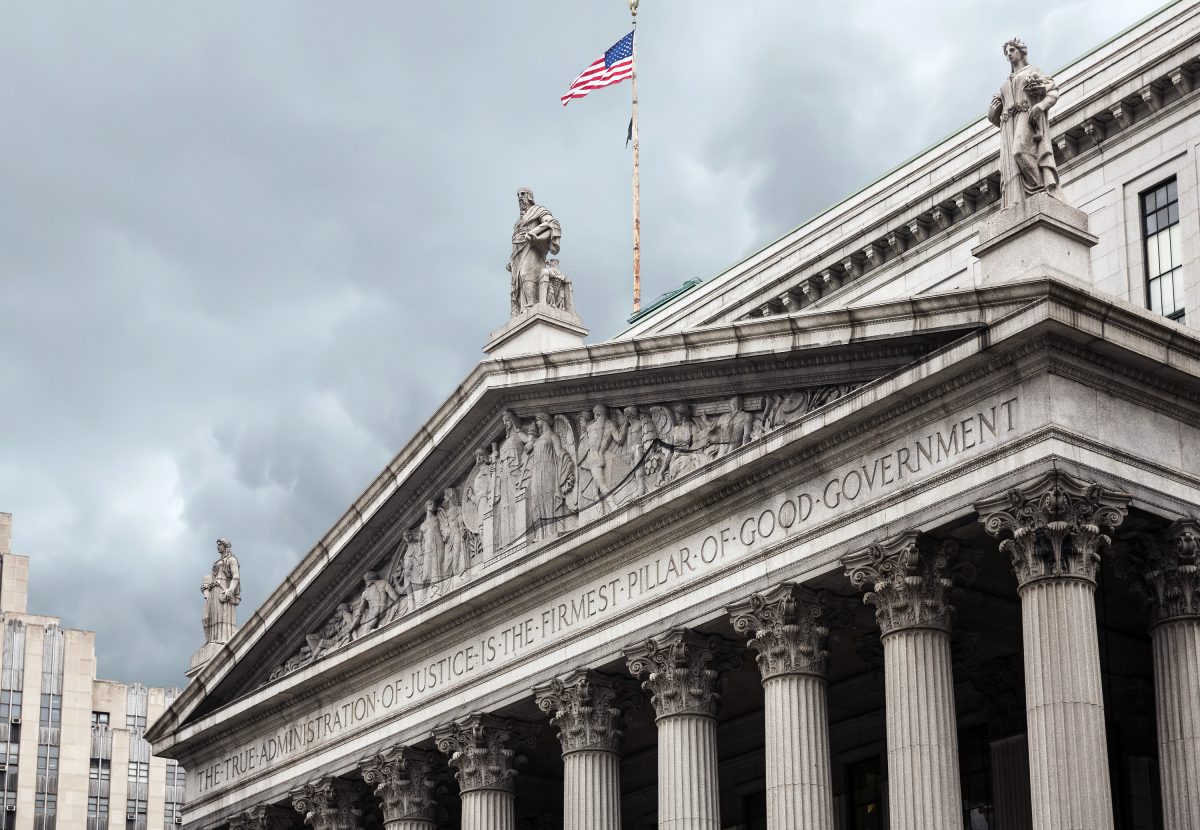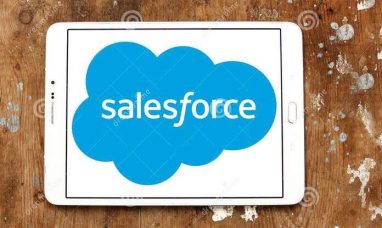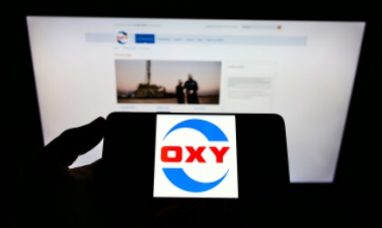The future of the U.S. economy hangs in a delicate balance, with many experts emphasizing fed rate cuts are crucial for economic stability. According to Austan Goolsbee, President of the Federal Reserve Bank of Chicago, failing to cut interest rates could jeopardize the “golden path” of economic stability and growth. This article delves into the potential impacts of the Federal Reserve’s decisions on interest rates and the broader economic implications.
Goolsbee’s Perspective on Fed Rate Cuts
Austan Goolsbee has been vocal about the need for the Federal Reserve to cut rates to ensure continued economic stability. In a recent interview, he highlighted the risks associated with maintaining high interest rates. Goolsbee argued that the current economic environment, characterized by slowing inflation and weakening labor market indicators, necessitates a more accommodative monetary policy.
“Failing to cut rates could lead to a significant slowdown in economic growth,” Goolsbee stated. He further noted that the Fed’s primary goal should be to avoid tipping the economy into a recession, especially given the current global uncertainties and domestic challenges.
The Current Economic Landscape
The U.S. economy has shown signs of cooling, with recent jobless claims data signaling a potential softening in the labor market. The Department of Labor reported nearly 1.84 million jobless claims in the week ending June 22, up from 1.82 million the previous week. This trend indicates that unemployed workers are struggling to find new jobs, raising concerns about the health of the labor market.
LPL Financial chief economist Jeffrey Roach commented that the data is “sending a warning sign that the labor market could be softening.” Oxford Economics lead U.S. economist Nancy Vanden Houten echoed this sentiment, cautioning that a persistent rise in initial claims would signal more weakness in the labor market and a larger rise in the unemployment rate than currently expected.
Potential Consequences of Not Cutting Rates
Economists are increasingly concerned that the Federal Reserve’s hesitation to cut rates could have adverse effects. Pantheon Macroeconomics chief economist Ian Shepherdson warned that the current indicators point to a sub-100K trend in private payrolls growth over the next three months. This could boost the unemployment rate and leave the Fed looking seriously behind the curve.
Renaissance Macro head of economics Neil Dutta told Yahoo Finance that with inflation falling and the labor market weakening, the Fed should consider cutting rates soon. Dutta highlighted the risk that any further declines in job openings could lead to a rise in unemployment. “I just don’t think the Fed wants to really push the weakening in labor demand that much more,” Dutta said.
Market Reactions to Fed Decisions
From a market perspective, strategists believe the labor market might be the most important economic indicator to watch right now, not inflation. Citigroup’s head of equity trading strategy Stuart Kaiser told Yahoo Finance, “The labor market for us is the key to the markets. Our general view is you want to run your U.S. equity portfolio unless or until you get a significant slowdown in payrolls.”
Investors currently expect the Fed to cut rates twice this year, according to Bloomberg data. However, forecasts from the Fed suggest that the central bank would cut rates just once this year. This discrepancy highlights the uncertainty surrounding the Fed’s future actions and their potential impact on the economy.
The Broader Economic Implications
The Federal Reserve’s decisions on interest rates have far-reaching implications for the U.S. economy. Higher interest rates can slow down borrowing and spending, potentially leading to a recession. Conversely, cutting rates can stimulate economic activity by making borrowing cheaper for businesses and consumers.
Goolsbee emphasized that the Fed’s primary goal should be to navigate the economy through these uncertain times without causing a significant slowdown. “The golden path of economic stability and growth is at risk if the Fed doesn’t take action soon,” he warned.
Conclusion
The debate over Federal Reserve rate cuts underscores the delicate balance policymakers must strike to maintain economic stability. As jobless claims rise and the labor market shows signs of weakening, the call for rate cuts becomes more pressing. The Fed’s decisions in the coming months will be crucial in determining whether the U.S. economy can continue on its path of growth or if it will face more significant challenges ahead.
Featured Image: Freepik © palinchak









